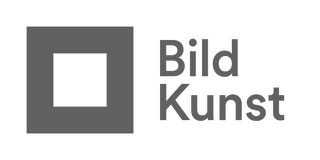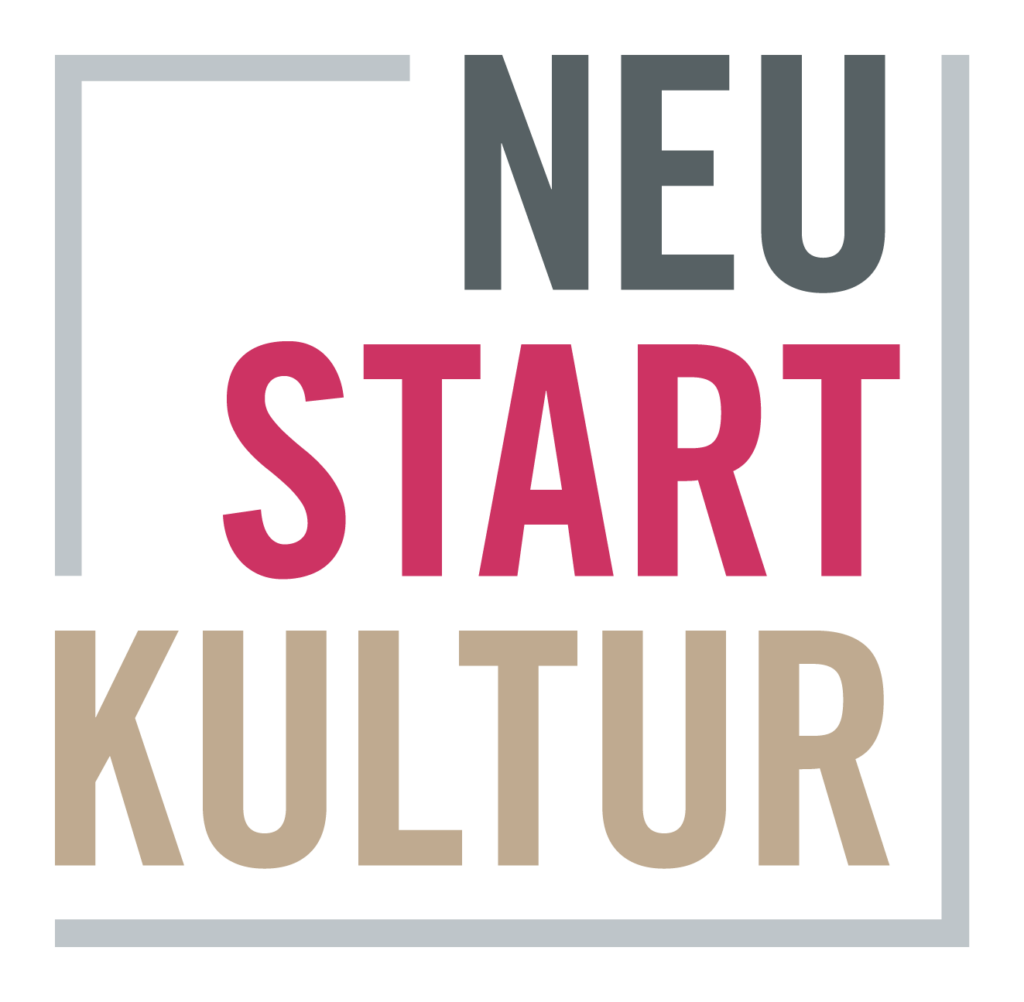Christoph Kilian — Dem Grund so nah
Eröffnung: 5.5.2022, 19 Uhr


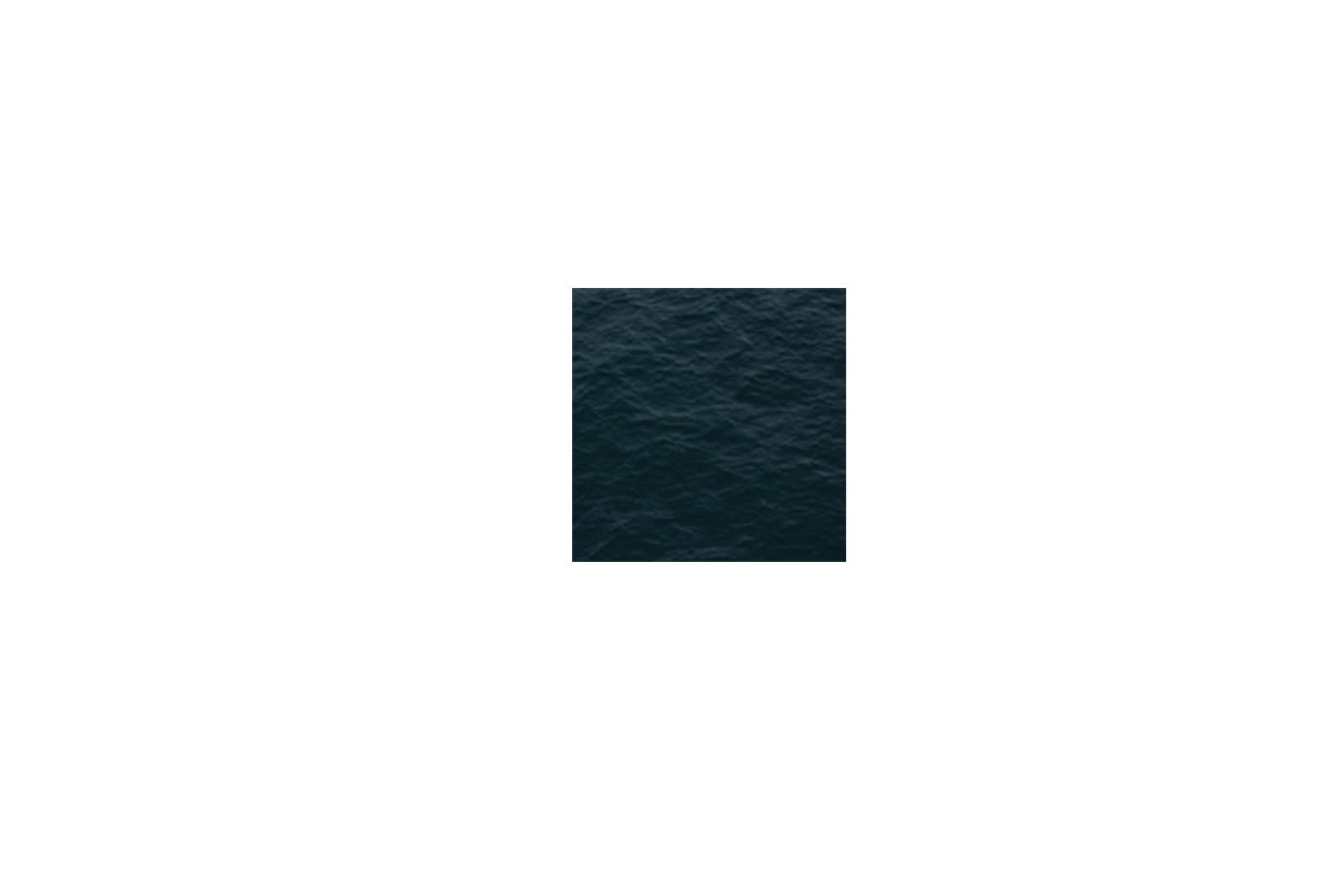
Am Ziel einer unmittelbar bevorstehenden Reise wird Christoph Kilian eine elektronische Flaschenpost in die Mitte des Bermudadreiecks werfen. An Bord eines Frachtschiffs wird die Fahrt diesseits des Atlantiks beginnen. Dem offenen Meer ausgesetzt, soll es fortan das stete Ziel der Flaschenpost sein, zu ihrem Abwurfort zurückzukehren. In Verheißung der Reise zeigt sich in der Ausstellung ein Negativraum, dem sich das Narrativ der Entstehung einer Flasche entnehmen lässt. Ein Vexierbild ihrer Schöpfung, gewährt die transparente Gießform tiefe Einblicke — viel mehr in das mythische Wesen der Erzählung, denn in die Herstellung eines Hohlkörpers.
Christoph Kilian, *1983, studierte Medienkunst an der Bauhaus-Universität Weimar sowie an der Kunsthochschule für Medien Köln. Er lebt zwischen Köln, Salzburg und Los Angeles, wo er 2014 ein Gaststudium am Art Center College of Design absolvierte sowie seit 2020 Artist-in-Residence am UCLA Art|Sci Center ist. Im medienübergreifenden Spiel und Widerstreit mit Technik konstruiert er Maschinenmärchen, die — oft an der Schwelle zur Vergeblichkeit — dem Magischen nachspüren. 2017 realisierte er das Projekt If you touch me, you'll understand what happiness is (Goethe-Institut Los Angeles) für welches er im Austausch mit Experten für experimentelle Schneephysik einen künstlichen Schneekristall erzeugte und diesen aus einer von einem Wetterballon getragenen Kühlkammer im Himmel über dem Mount Hollywood freisetzte. Derzeit arbeitet er an einer elektronischen Flaschenpost, welche er im Sommer 2022 im Zuge einer Frachtschiffreise im Bermudadreieck auswerfen wird. Der Einzelausstellung im Raum Matjö des BBK Köln folgt im Herbst 2022 eine weitere im Art|Sci Center der UCLA. Christoph Kilian ist Mitglied des interdisziplinären Netzwerks Waterbodies, welches künstlerische, wissenschaftliche und anthropologische Zugänge zu Wasser und dessen Bedeutung als ein das Schicksal der Menschheit reflektierendes Element zusammenträgt.
At the destination of an imminent voyage, Christoph Kilian will drop an electronic message in a bottle into the middle of the Bermuda Triangle. On board a cargo ship, the journey will begin on this side of the Atlantic. Exposed to the open sea, it shall henceforth be the constant goal of the message in a bottle to return to its place of departure. In anticipation of the voyage, the exhibition presents a negative space from which the narrative of the creation of a bottle can be taken. A conundrum of its creation, the transparent casting mold grants deep insights — much more into the mythical essence of the narrative than into the production of a hollow body.
Christoph Kilian, *1983, studied media art at the Bauhaus University Weimar and the Academy of Media Arts Cologne. He lives between Cologne, Salzburg and Los Angeles, where he completed a guest study program at the Art Center College of Design in 2014 and has been artist-in-residence at the UCLA Art|Sci Center since 2020. In a cross-media play and clash with technology, he constructs machine fairy tales that — often on the verge of futility — trace the magical. In 2017 he realized the project If you touch me, you'll understand what happiness is (Goethe-Institut Los Angeles) for which he created an artificial snow crystal in exchange with experts in experimental snow physics, which he released from cooling chamber carried aloft by a weather balloon into the sky above Mount Hollywood. He is currently working on an electronic message in a bottle, which he will launch in the Bermuda Triangle during a cargo ship voyage in the summer of 2022. The solo exhibition at BBK Cologne's Matjö space will be followed by another at UCLA's Art|Sci Center in fall 2022. Christoph Kilian is a member of the interdisciplinary network Waterbodies, which brings together artistic, scientific and anthropological approaches to water and its significance as an element reflecting the fate of humanity.
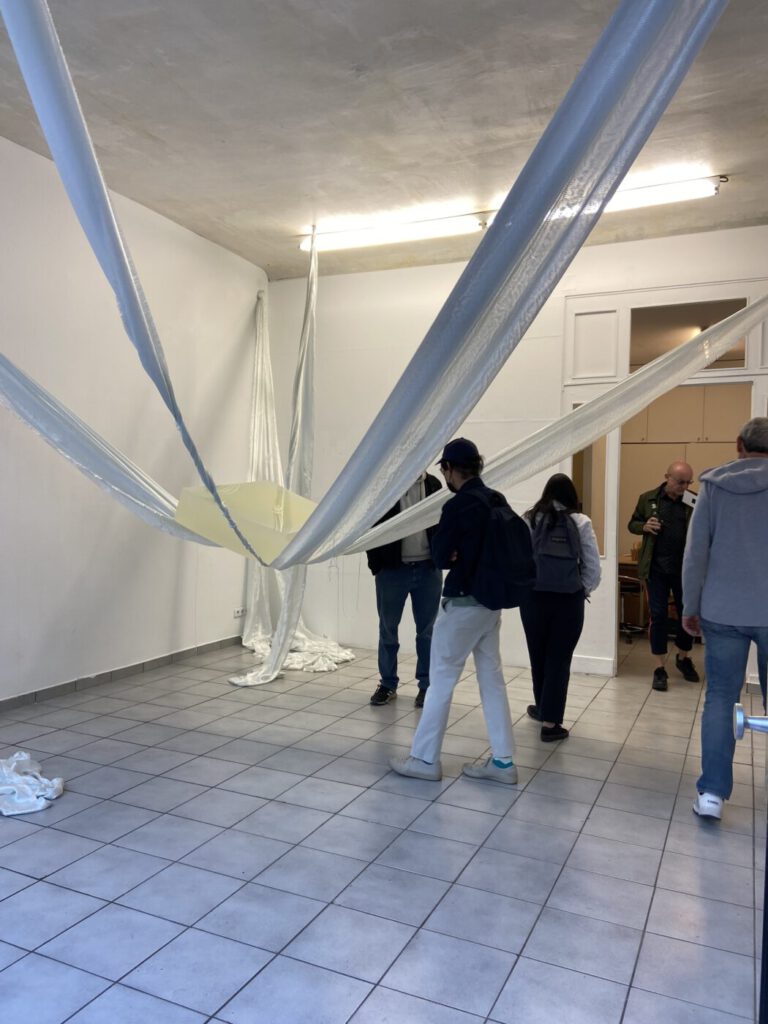
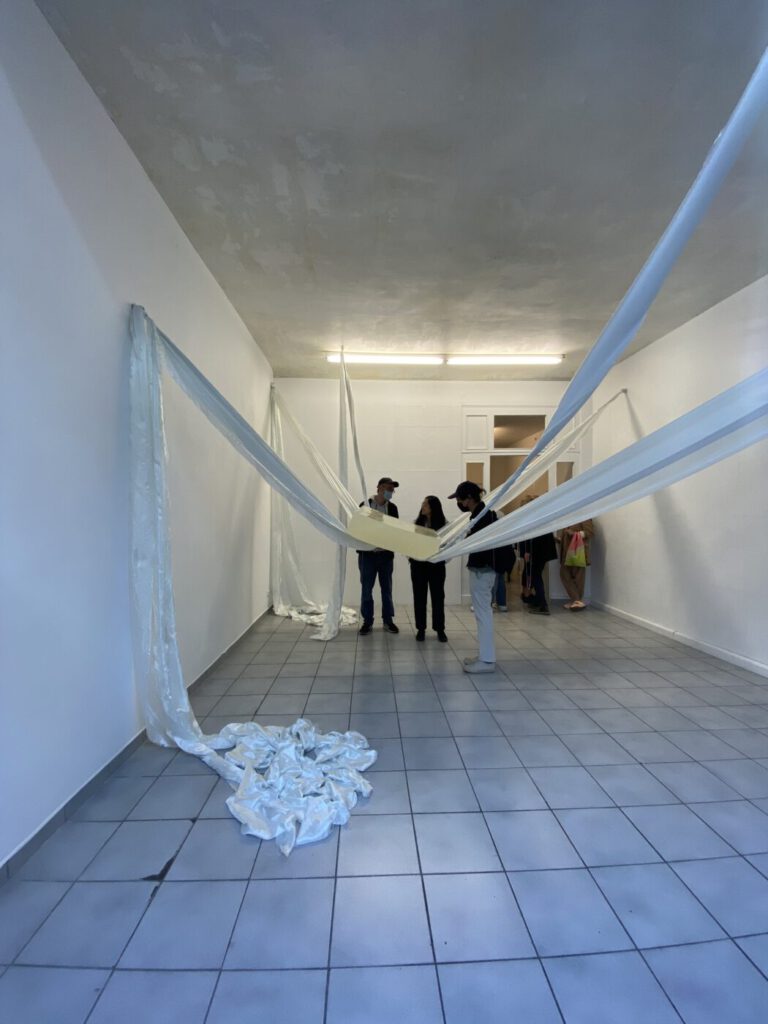
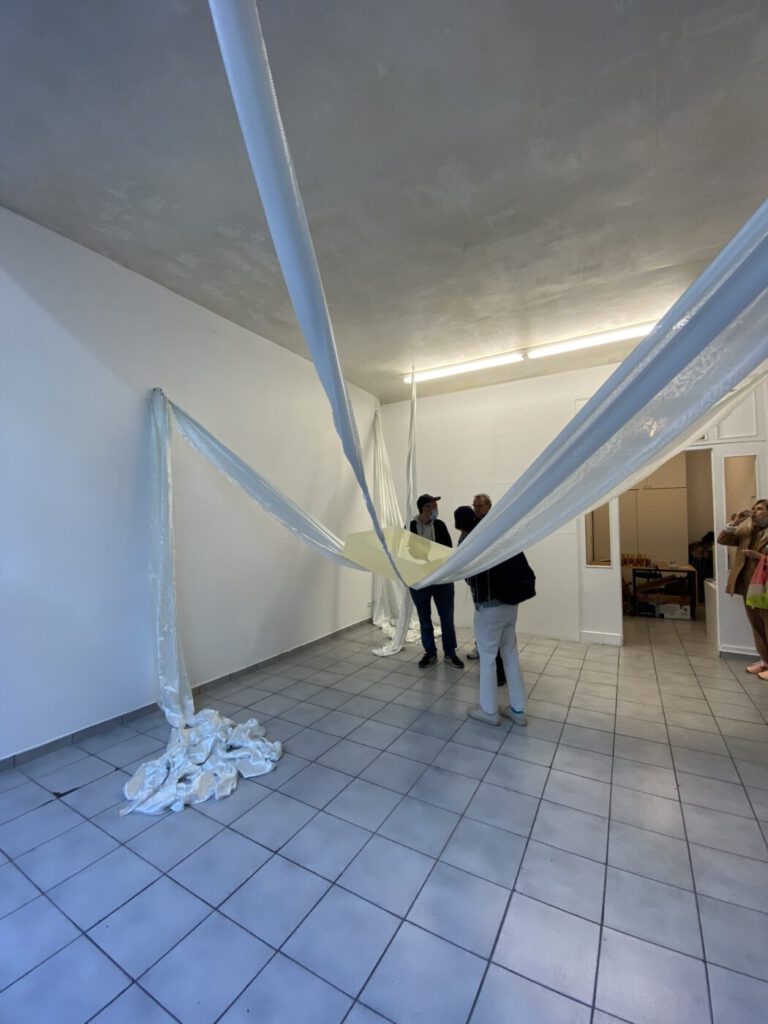
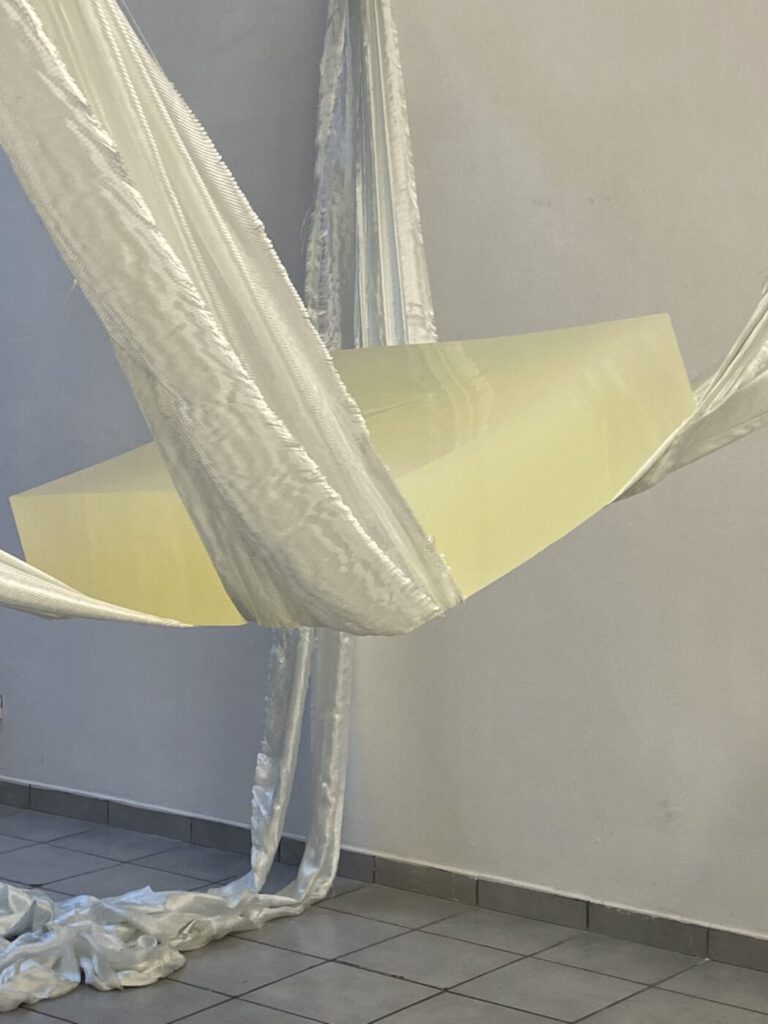
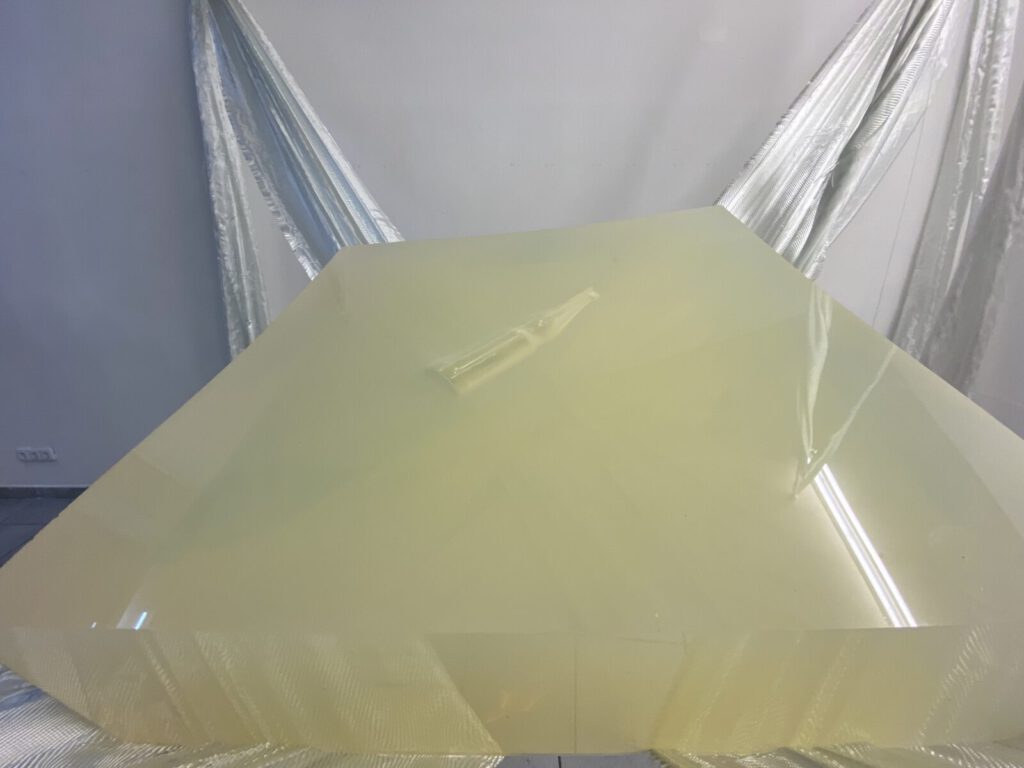
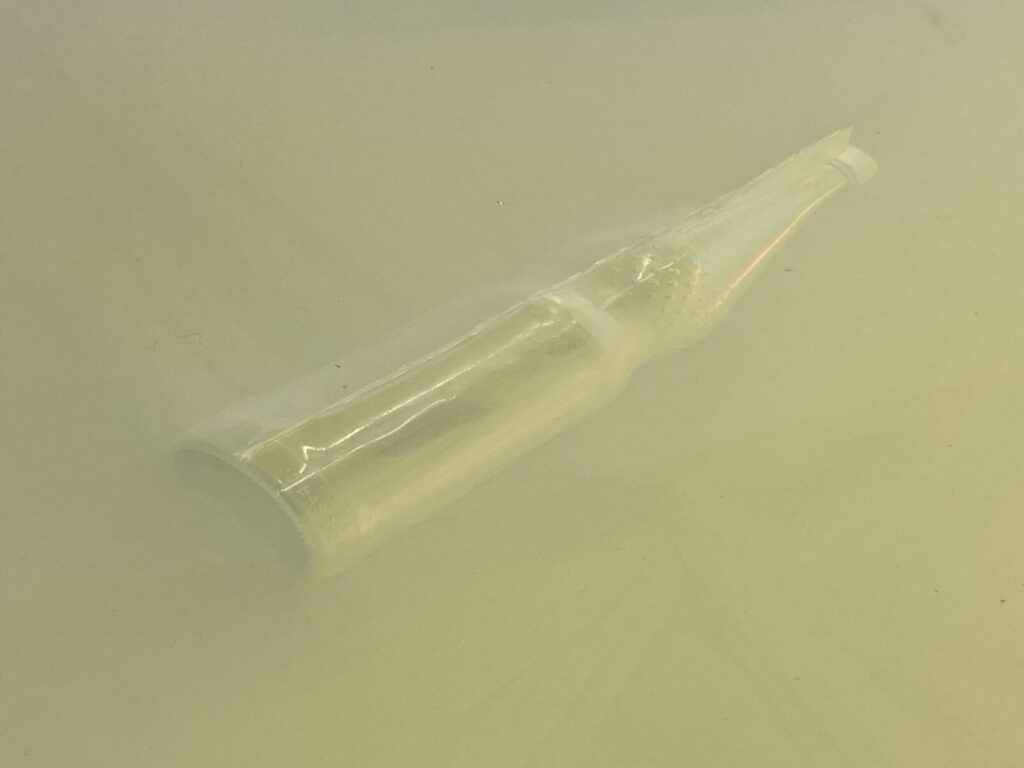
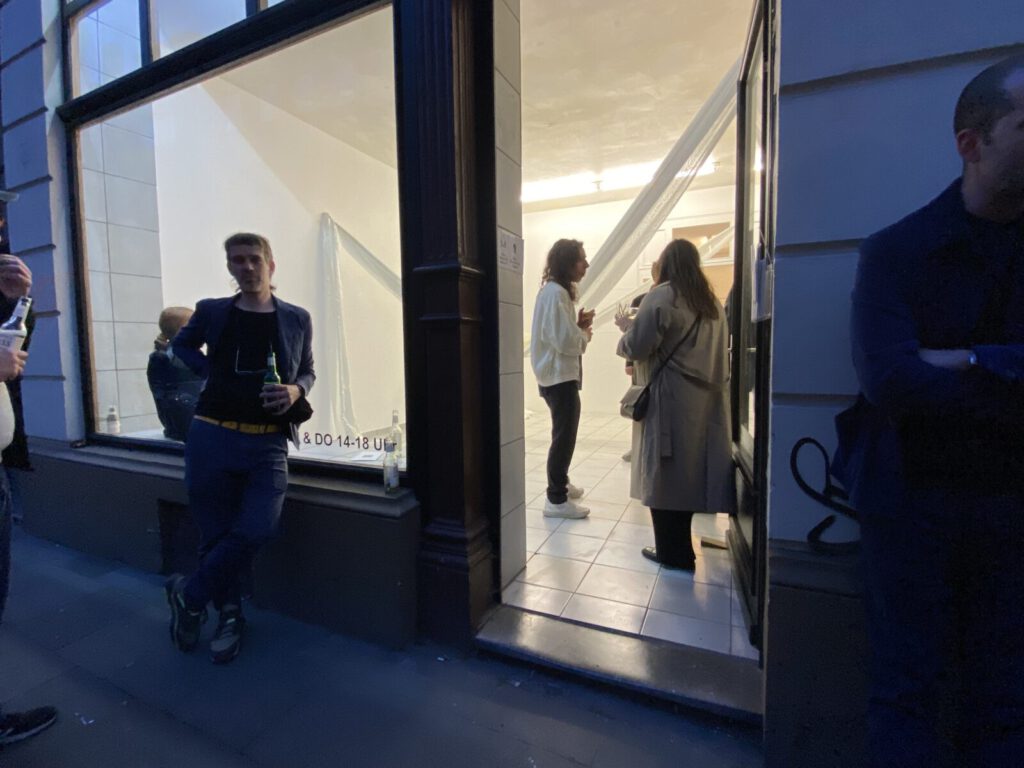
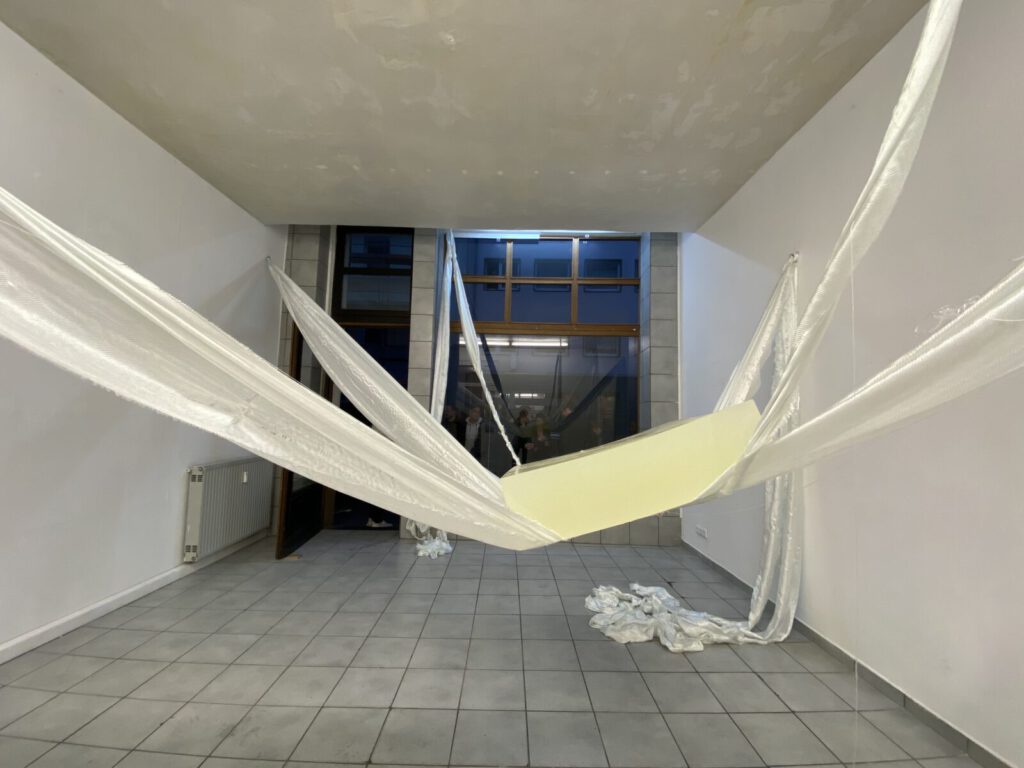
Gefördert durch:
